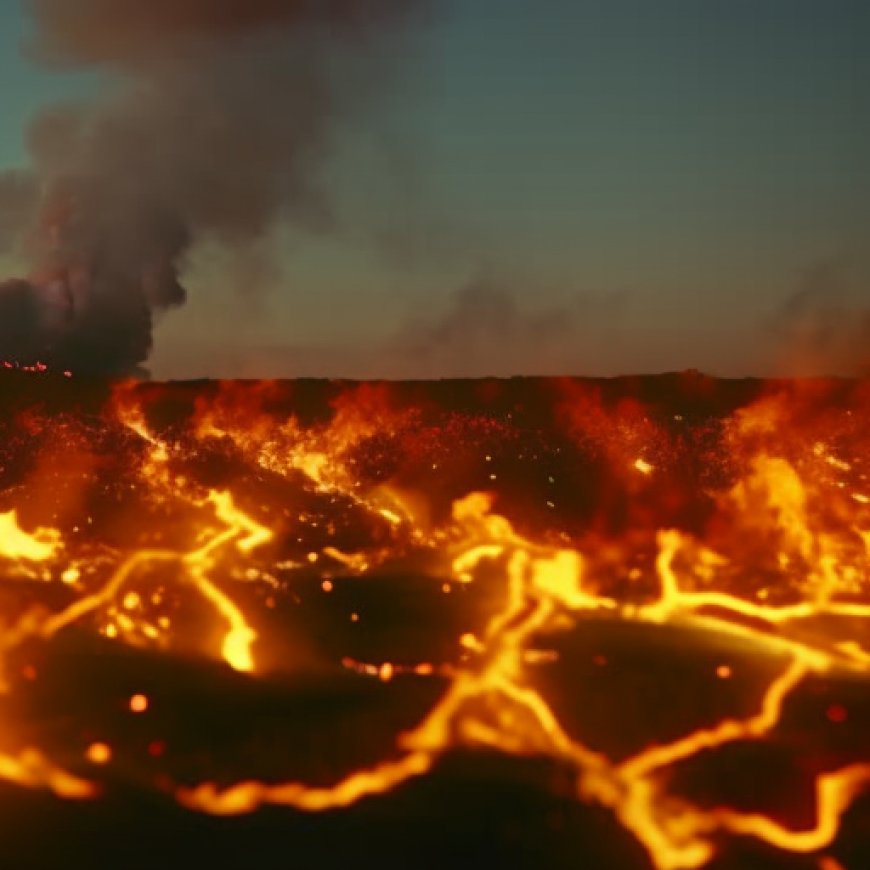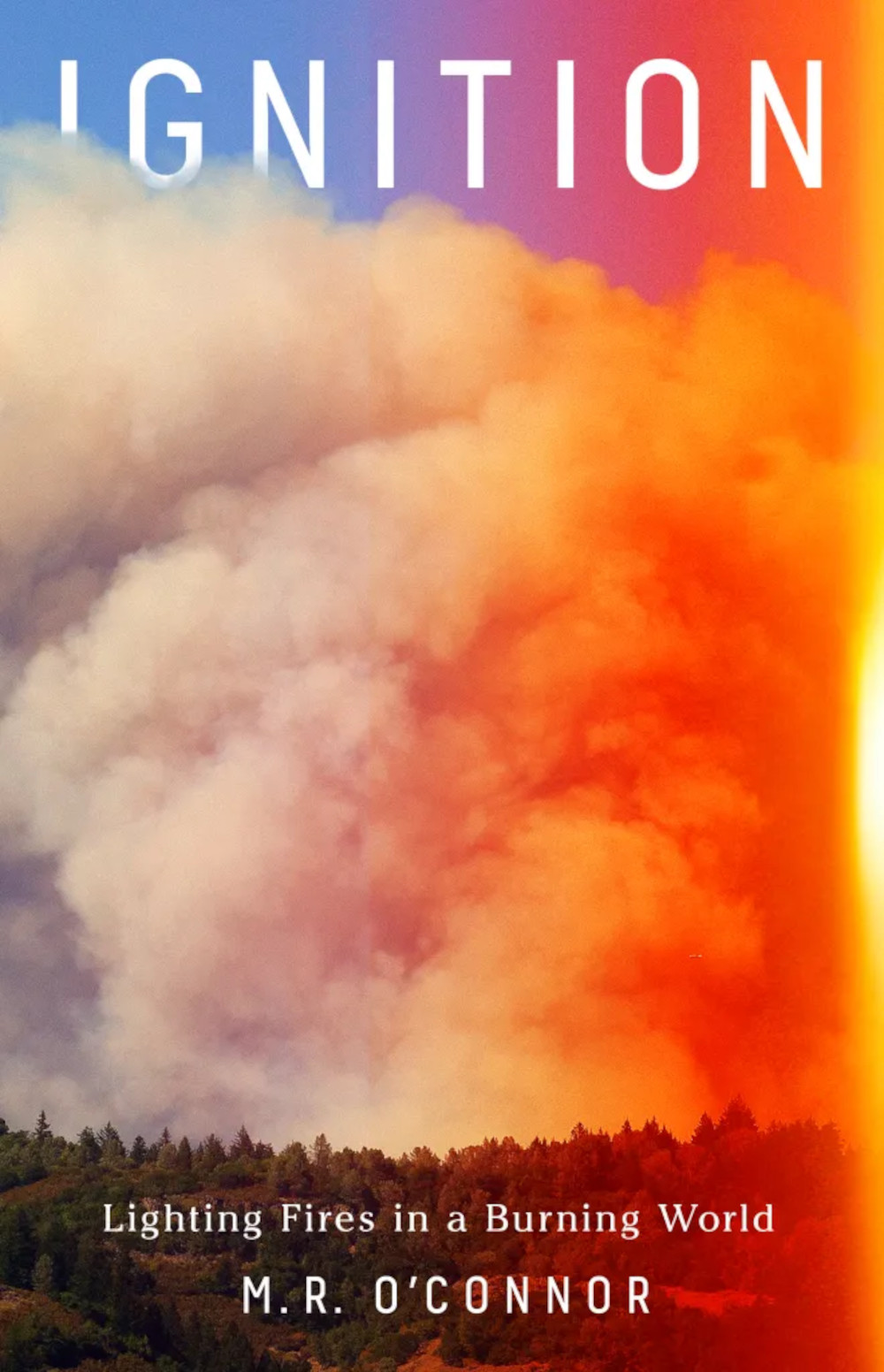Book Excerpt: How America’s Forest Fire Revolution Lost Its Spark
Book Excerpt: How America's Forest Fire Revolution Lost Its Spark Undark Magazine


If you could pinpoint the year
If you could pinpoint the year that the fire revolution in America started, it was probably 1962. That March, a group of otherwise upright and respectable citizens gathered at Florida State University in Tallahassee to do something absurd and backward: stand in public and advocate for igniting fires intentionally.
The Tall Timbers Fire Ecology Conference
The event was called the Tall Timbers Fire Ecology Conference, and some of the presenters were nervous: Fire-lighting was still looked down on as destructive, irrational, even sinister. They had been “damned uphill and down,” as one put it, for their heretical opinions. But the annual conference became the epicenter of what Stephen J. Pyne called in his 2015 book “Between Two Fires: A Fire History of Contemporary America” a “fire counterculture.” A belief in the ecological benefit of fire gained followers and began to impact fire policy in national parks, forests, and on private land.

Restoring Fire as a Natural Process
In April of that same year, a botanist and ecologist for the conservation organization the Nature Conservancy “tossed matches into dry bluestem,” and torched 20 acres of prairie in Minnesota. The “April burn, done wholly with volunteers outfitted with rakes, matches, and metal backpack pumps, was a bold bid,” Pyne wrote. “A science of fire ecology did not exist by name … It was tricky enough for fire civilians to burn autumn leaves, much less open landscapes designated as critical habitats.”
The Leopold Report
In July of 1962, the First World Congress on National Parks was held in Seattle, and the findings of the “Leopold Report,” a document written by Starker Leopold, a professor at the University of California, Berkeley, and the son of the naturalist Aldo Leopold, were formally accepted.
The report delivered a radical message: America’s parks could no longer be roped off and passively expected to thrive. Elk herds were exploding, other species were declining, and forests were becoming overgrown vegetative tangles. In order to create the conditions and “biotic associations” that “prevailed when the area was first visited by the white man,” wrote Leopold and his coauthors, active interventions were needed, including the restoration of fire as a natural process.
The Importance of Fire for Giant Sequoias
Soon after, a young graduate student by the name of Richard Hartesveldt published a dissertation on Yosemite’s Mariposa Grove that would become the basis of a significant report titled “The Giant Sequoia of the Sierra Nevada.” The trees are some of the most fire-adapted species on Earth. A single tree produces hundreds of thousands of seeds each year, but none will sprout into a sapling until the tree’s cones dry out and disperse their seeds — a process greatly accelerated by fire. Only when a seed has landed on a bed of soil cleared by heat and flame and made fertile with ash can it begin to grow. Furthermore, giant sequoia saplings need a forest free from shade-tolerant competitors and an open canopy created by fire.
The Leopold Report delivered a radical message: America’s parks could no longer be roped off and passively expected to thrive.
The report found that protection from fire was devastating giant-sequoia groves because the trees could not reproduce themselves. A couple of years later, Harold Biswell, at the University of California, Berkeley, began burning on Redwood Mountain in Sequoia and Kings Canyon National Park, which contained the continent’s largest sequoia grove. In the years that followed, some of California’s giant-sequoia groves became the site of bold experiments in prescribed fire.
“Those were the good old days,” someone who participated in them told me. “You didn’t have to have a red card; they would just shove a drip torch in your hand and say, ‘Go light the forest on fire.’”
The Setbacks and Challenges
The heyday of the fire revolution was arguably the 1970s. After that, it suffered one setback after another. During Ronald Reagan’s administration, according to Pyne, environmental agendas stalled. Urban sprawl into rural areas (what some called “living in the stupid zone”) demanded increased fire protection. Wildfires themselves began to erupt in size and intensity, and drought afflicted Western states. When more than 5 million acres burned in 1988, including in Yellowstone (where some of the fires started as prescribed natural fires), suppression again became the dominant response.








